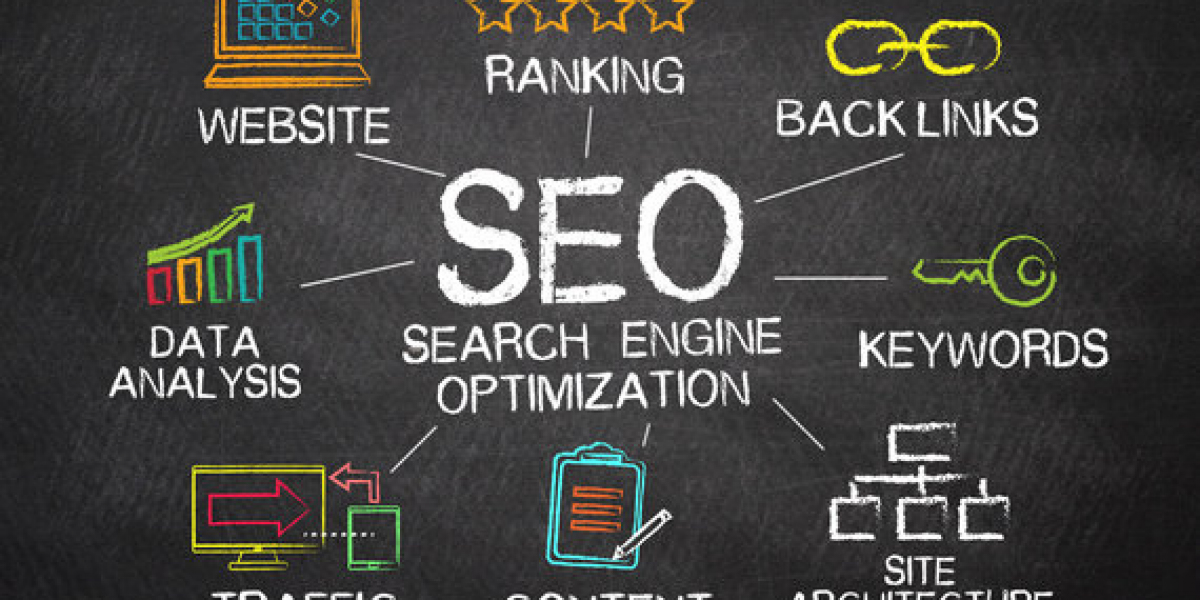In today’s digital-first world, data is often referred to as the new oil. But raw data is only valuable when it is analyzed and transformed into actionable insights. That’s where data analytics comes in. Whether you’re a student, a professional, or a business owner, understanding the foundations of data analytics is the first step to making smarter decisions, improving efficiency, and staying competitive.
This blog will take you through the core concepts, processes, tools, and career opportunities in data analytics.
What is Data Analytics?
Data Analytics is the process of collecting, cleaning, interpreting, and visualizing data to uncover patterns, trends, and insights that help in decision-making.
It answers questions like:
What happened? (Descriptive analytics)
Why did it happen? (Diagnostic analytics)
What will happen next? (Predictive analytics)
What should we do? (Prescriptive analytics)
Importance of Data Analytics
Better Decision-Making – Helps businesses take evidence-based decisions.
Efficiency & Productivity – Identifies bottlenecks and optimizes workflows.
Customer Insights – Understands customer behavior and improves services.
Competitive Advantage – Helps companies stay ahead in the market.
Career Growth – Creates opportunities for professionals in multiple industries.
The Core Foundations of Data Analytics
Data Collection
Gathering data from multiple sources such as surveys, databases, sensors, and digital platforms.Data Cleaning & Preparation
Raw data is messy. Cleaning removes duplicates, fills missing values, and ensures accuracy.Data Exploration
Using statistics and visualization tools to understand the data’s structure and patterns.Data Analysis
Applying methods like descriptive, predictive, and prescriptive analytics to draw conclusions.Data Visualization
Presenting insights through dashboards, charts, and graphs using tools like Power BI, Tableau, or Python libraries.Decision-Making
Transforming data insights into practical business strategies
Key Tools and Technologies in Data Analytics
Excel & SQL – For basic analysis and database management.
Python & R – Popular programming languages for data science and analytics.
Tableau & Power BI – Data visualization and business intelligence tools.
Google Analytics – For web and digital data tracking.
Career Opportunities in Data Analytics
With organizations becoming increasingly data-driven, career options in this field are booming. Some roles include:
Data Analyst
Business Intelligence Analyst
Data Scientist
Machine Learning Engineer
Business Analyst
Conclusion
The foundations of data analytics lie in understanding how to collect, clean, analyze, and visualize data effectively. By mastering these basics, you can unlock a world of opportunities in business, technology, healthcare, finance, and beyond.
Data analytics is not just a career skill—it’s a future-ready mindset that helps you make informed decisions in every aspect of life.














